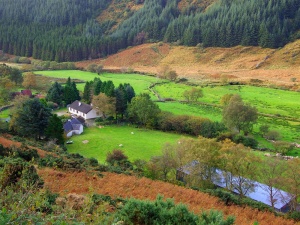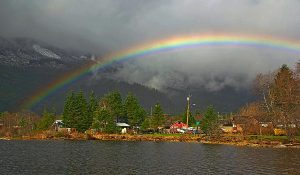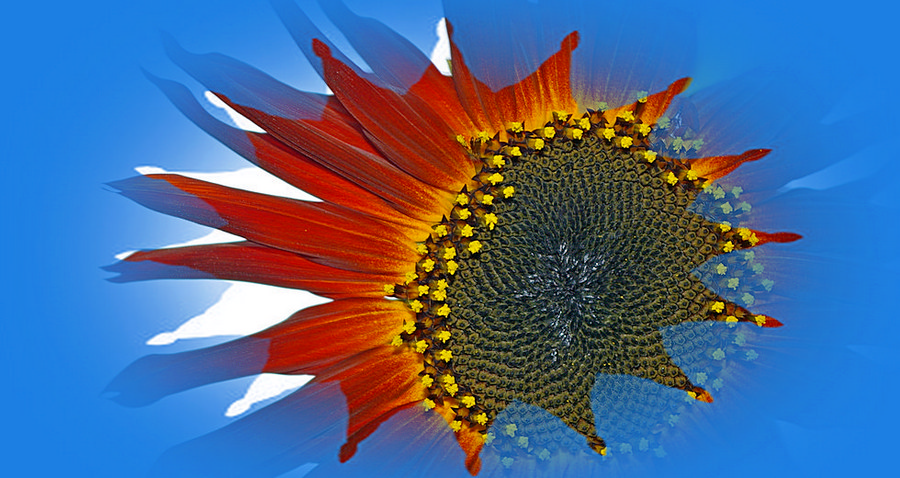How do I take good photos?
Taking good photos requires a combination of technical skills and creativity. Here are some tips to help you take better photos:
- Learn the basics: Understanding the fundamentals of photography, such as exposure, composition, and lighting, is essential to taking good photos. You can find many online resources that can help you learn these skills 123.
- Practice: The more you practice, the better you’ll get. Take your camera with you wherever you go and experiment with different settings and techniques 3.
- Use natural light: Natural light is often the best light for photography. Try to shoot during the golden hour. Which is the hour after sunrise or the hour before sunset, when the light is soft and warm 1.
- Get close: Getting close to your subject can help you capture more detail and create a more intimate photo 1.
- Experiment with angles: Changing your perspective can help you create more interesting and dynamic photos. Try shooting from high or low angles, or from unusual angles 1.
- Edit your photos: Editing your photos can help you enhance their colors, contrast, and sharpness. There are many free and paid photo editing tools available online that you can use 2.
Remember, taking good photos is not just about having the right equipment. But also, about having the right skills and creativity. Keep practicing and experimenting, and you’ll soon be taking great photos! 📷

Sled Pond Inlet Nunavut
What is the rule of thirds?
The rule of thirds is a composition guideline that suggests dividing an image into nine equal parts. Using two equally spaced horizontal and vertical lines. The resulting grid creates four intersecting points, which are ideal for placing important elements of the image 12. The rule of thirds is a popular technique used by photographers and artists to create more dynamic and visually appealing compositions 123. By placing the subject of the photo at one of the intersection points. Or along one of the lines, the image becomes more balanced and interesting to the viewer 12. Many cameras have a built-in guide for the rule of thirds. That can help you compose your photos more effectively 1. However, it’s important to note that the rule of thirds is just a guideline. As there are many other ways to create compelling compositions 123.

How do I use the rule of thirds in landscape photography?
The rule of thirds is a popular composition guideline used in photography to create more dynamic and visually appealing images. To use the rule of thirds in landscape photography, you can follow these steps:
- Divide the scene: Imagine dividing your scene into nine equal parts using two equally spaced horizontal and vertical lines, creating four intersecting points. This will create a grid that can help you position important elements in your photo 1.
- Place the horizon: If your landscape has a horizon, try to place it along one of the horizontal lines of the grid. This can help create a more balanced and visually interesting photo 2.
- Position the subject: If your landscape has a prominent subject, try to position it along one of the vertical lines or at one of the intersection points of the grid. This can help create a more dynamic and engaging photo 12.
- Experiment: Remember that the rule of thirds is just a guideline, and there are many other ways to create compelling compositions. Don’t be afraid to experiment with different angles, perspectives, and compositions to find what works best for your scene 12.
By following these tips, you can use the rule of thirds to create more visually appealing and engaging landscape photos. Happy shooting! 📷

Rainbow over Zeballos, Vancouver Island, Canada.
What is the hyperfocal distance?
The hyperfocal distance is the closest distance at which a lens can be focused while keeping objects at infinity acceptably sharp 1. In other words, it is the focus distance that gives the maximum depth of field, making it the most desirable distance to set the focus of a fixed-focus camera 1. The hyperfocal distance depends on the focal length of the lens, the aperture, and the circle of confusion (CoC) diameter limit 1. The CoC is the largest acceptable spot size diameter that an infinitesimal point is allowed to spread out to on the imaging medium (film, digital sensor, etc.) 1.
To calculate the hyperfocal distance, you can use the following formula:
H = (f^2) / (N x c) + fwhere H is the hyperfocal distance, f is the focal length of the lens, N is the f-number (aperture), and c is the CoC diameter limit 2.
The hyperfocal distance is useful in landscape photography, where you want to capture a wide depth of field to keep both the foreground and background in focus 3. By focusing at the hyperfocal distance, you can ensure that everything from half the hyperfocal distance to infinity is in focus 3.
Please note that the hyperfocal distance is just one of many tools you can use to create compelling photos. Keep experimenting and have fun! 📷

